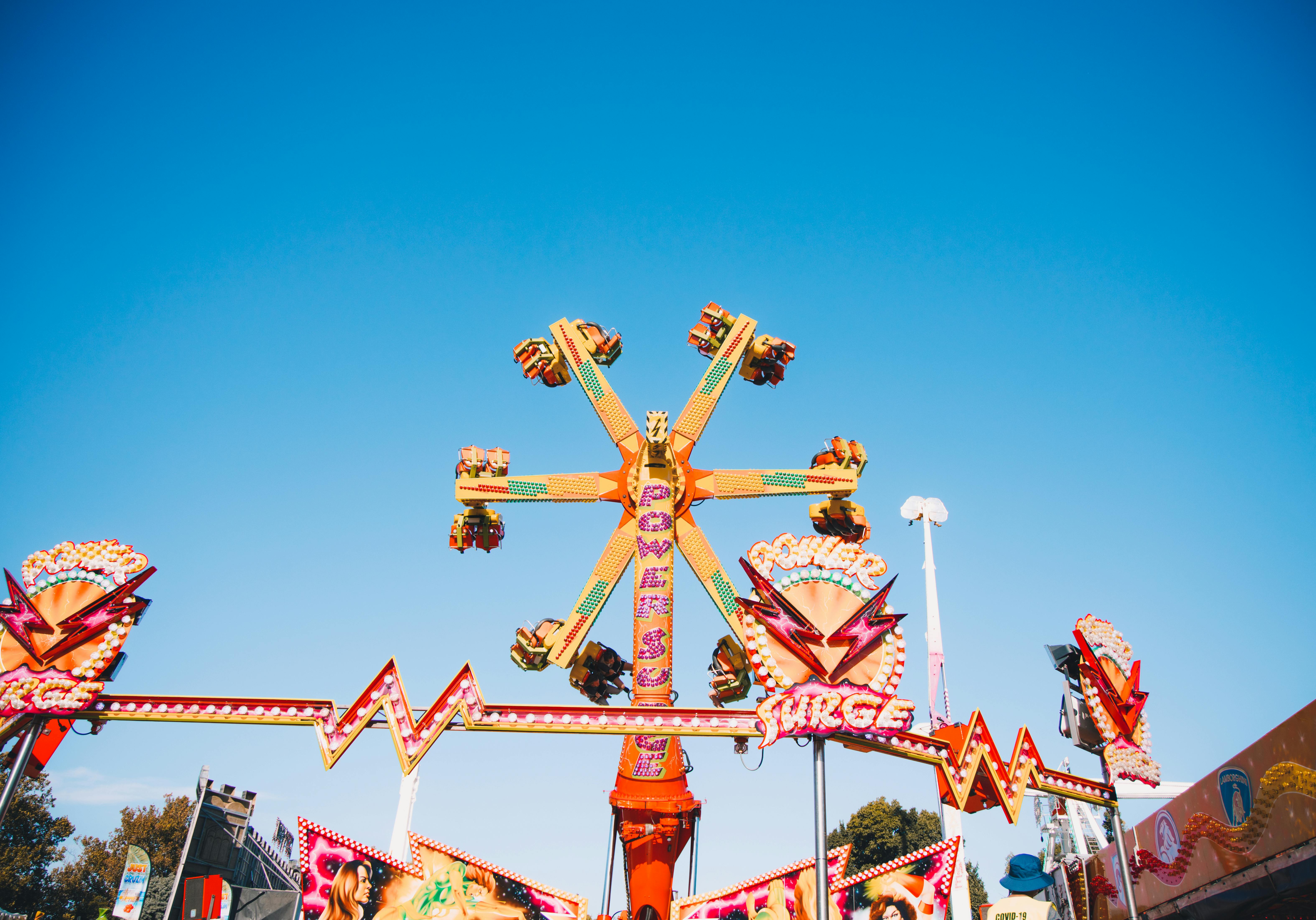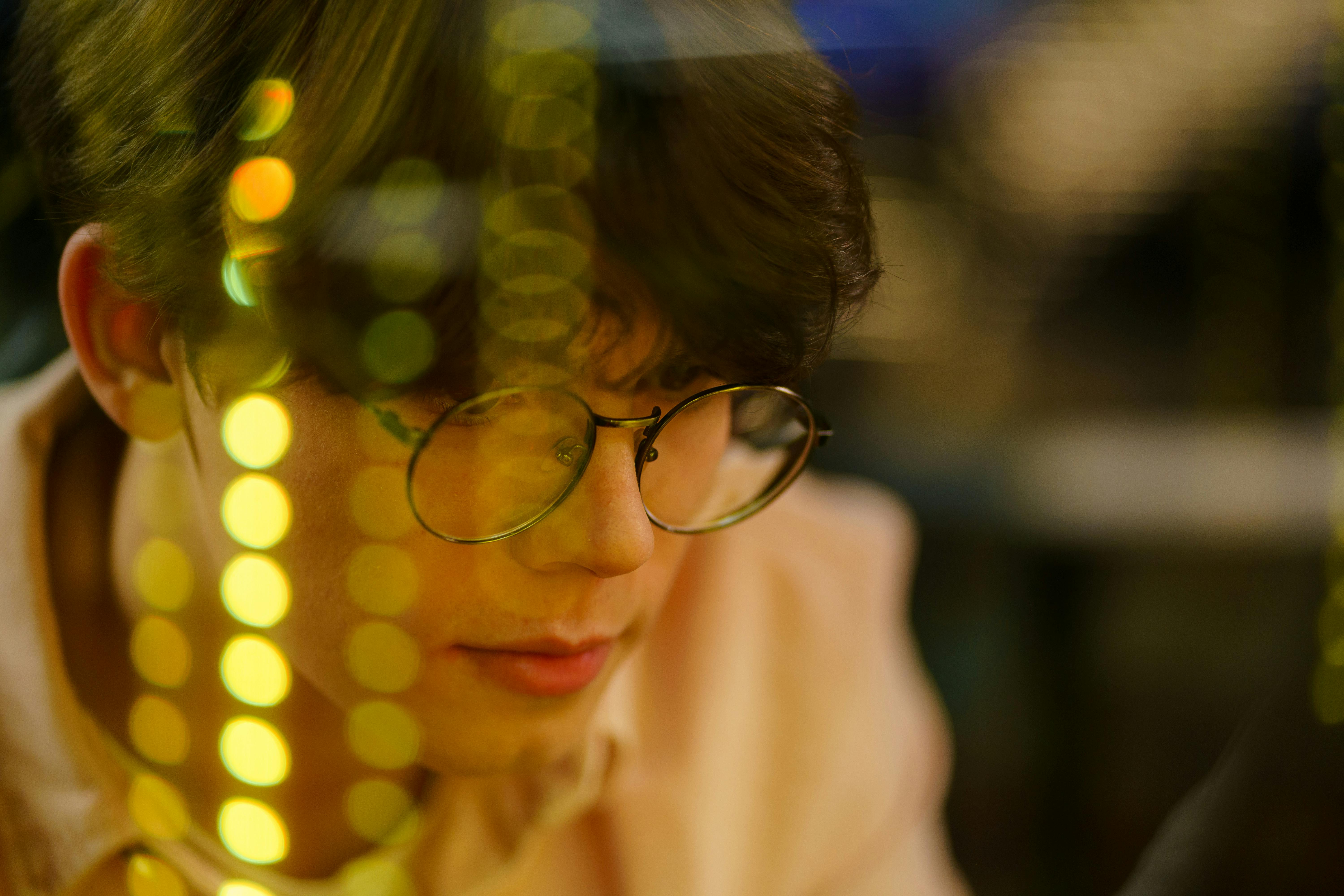The Abhaya Mudra is known as the “pose to dispel fear”. It is the Sanskrit word ‘bravery’ and this mudra or pose is commonly seen on Buddha statues. It symbolizes peace and protection and is believed to create energy that eliminates fear and doubt. This pose can be recognized by the position of the right arm. In the fear-dissipating mudra, the palm of the hand faces outward at shoulder height and the arm is slightly bent.
This Buddhist symbol of courage emphasizes the spiritual power of the Buddha or bodhisattva who does it. A bodhisattva is a being who has reached an enlightened state and has embraced Buddhahood. The mudra can also be considered a symbol of friendship, as the hands are empty and disarmed. Westerners often misinterpret position as an indication to “stop”, but it is really courage in the face of danger.
Buddhist historians believe that the mudra of dispelling fear was the gesture performed by Shakyamuni Buddha just after attaining enlightenment. Stories from Buddhist mythology often speak of the Buddha’s use of this mudra to pacify enemies who threatened him.
Only a Buddha statue or bodhisattva sculpture would be seen in the fear-dispelling pose, as it is only useful for those who have attained enlightenment. In Thailand and Laos, the pose is most often seen in standing Buddha images.
This mudra is more identified with the fifth Dyhani Buddha, Amoghasiddhi. The five Dyhani Buddhas are the 5 Wisdom Buddhas or Great Buddhas that represent the central qualities of Buddhist philosophy. They are often represented as cardinal directions: north, south, east, west, and then center.
It is common to meditate on Amoghasiddhi to combat feelings of jealousy and emphasize one’s achievements. Since jealousy can be considered a form of fear, the use of the pose makes sense. In most of the Buddha statues in the fear-dispelling pose, the right hand assumes the Abhaya Mudra while the left hand hangs on the side of the Buddha.
From time to time, the left hand takes the varada mudra, a gesture of gift. Another symbolic meaning of the pose of dispelling fear is an interpretation of the action of preaching. It is the Chinese Buddha and Gandhara interpretations that most often used the fear-dispelling pose to represent the Buddha’s preaching.
Those who decorate their home with Asian decor can bring a richer symbolism into the home with the display of a Buddha statue in the dispelling fear pose. Its most obvious use is as a symbol of protection and safety. It also reminds us of the value of inner strength and the need to emphasize our spiritual journey to eliminate doubt and fear.



